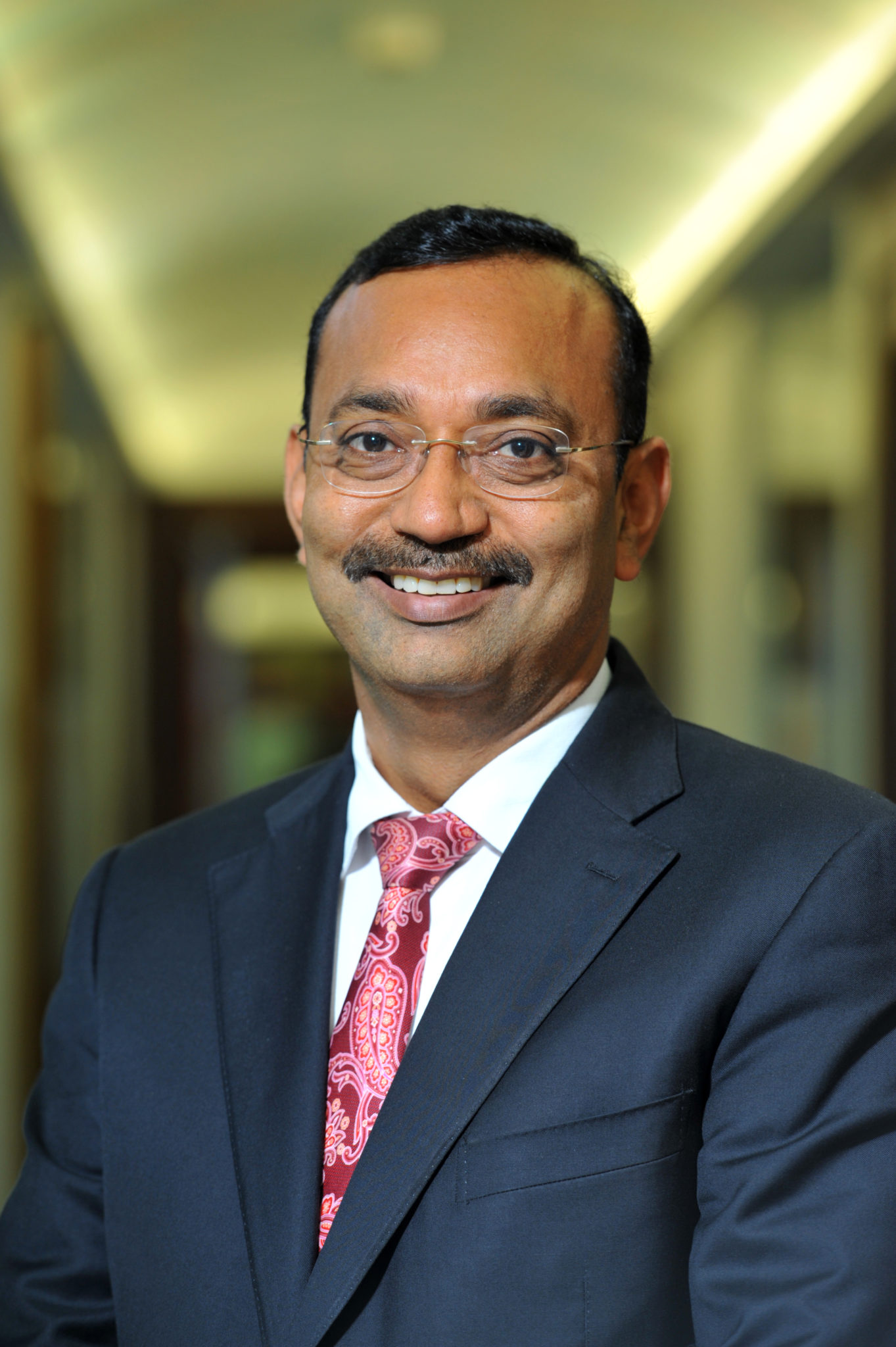
 Within four months of its launch, India’s Goods and Services Tax Network (GSTN) has emerged as a stable as well as reliable platform to file GST returns and claim credits. The initial confusion surrounding return filing, rate slabs and government’s policy direction is largely, a thing of the past.
Within four months of its launch, India’s Goods and Services Tax Network (GSTN) has emerged as a stable as well as reliable platform to file GST returns and claim credits. The initial confusion surrounding return filing, rate slabs and government’s policy direction is largely, a thing of the past.
Considerable preparatory, developmental and quality assurance (QA) efforts have gone into building this technological marvel. While GST is a massive tax reform, GSTN exemplifies true digital transformation. Although the project teams involved in development and QA had prior experience of tax governance systems, GSTN has been unique and more challenging in many respects.
With its support for nearly 8 million tax payers and 3.2 billion invoice uploads per month, GSTN is a globally unique portal project due to its scope and complexity. It represents a complex taxation ecosystem consisting of a single-window interface for tax payers and unified IT infrastructure for GST administration of the centre, State governments, union territories, accounting offices, banks, The Reserve Bank of India (RBI), miscellaneous government agencies, and GST Suvidha Providers (GSPs).

Charting the horizon
Methodical QA exercises in the form of manual and automated testing preceded GSTN’s launch. The software build underwent multiple tests to deliver a seamless user experience. Hundreds of bugs were detected and corrected in the initial stage. Continuous improvement in functionality, process flows, navigation and user interfaces resulted in system performance boosts.

The QA team created more than 10,000 test cases to ensure correct functionality and seamless user experience of GSTN platform. To illustrate, consider the test case of a user login. How should the system respond when a user fails to type user name or password correctly? What if the user types a wrong email ID, or inadvertently inserts an extra space before the ID? How will software behave as the user navigates? Can we ensure a consistent user experience when the portal is accessed from different locations, browsers, bandwidth options or devices? The software is tested for all such scenarios for every QA test case.
Prior to GST, indirect tax administration departments of the central government, six union territories, and 30 State Governments (Jammu & Kashmir still to be covered) relied on independent IT systems for tax returns and revenue collection. Integrating these IT silos and testing the integrated platform proved a complex exercise as previous systems were governed by different laws. Developed using dissimilar technologies, these systems followed diverse standards, processes and formats. In addition, different taxation types, industries, product/service categories, tax slabs, and multiple GST returns types added to the project challenges for developers and QA teams alike, who worked in collaboration—round-the-clock!
The system’s complexity comes to light further when you consider that GSTN serves 15 key functions. This includes statutory functions such as registration approval, assessment, refunds, audits, enforcement, adjudication, internal workflows, recovery, analytics and BI. The non-statutory aspects include registration, returns, payments, helpdesk support, information on inter-state supply, cross-credit utilization, analytics and IGST settlement.
Down to brass tacks
The vast project scope resulted in creation of multiple versions with dedicated QA testing. Many tax payers filed physical returns documents during the pre-GST era. GSTN brought in compulsory e-filing. The new interface had to be easy and intuitive for first time internet users, especially those from rural areas. Developers and QA teams ensured seamless system support for various Indian languages. The new system’s interface and navigation proved ideal for tax payers with varied IT literacy levels—including novice users.
GSTN project’s success is the massive technology adoption by businesses all over India despite these challenges. In addition to the development and QA teams, this world-leading project also owes its success to many other entities. Chartered accountants, independent tax consultants (small and large), and GSPs along with the government machinery, have taken significant efforts to ensure speedy compliance.
In this context, numbers present the true picture. Nearly 160,000 new businesses registered on GSTN within the first four days. Close to 3 million GST returns were filed for the month of August 2017, taking the government’s revenue collection to ₹ 90,669 crore. In September 2017, the collection witnessed a further boost to reach ₹ 92,150 crore.
The initial hiccups faced by GST pale in view of its recent successes. It’s nothing short of a Utopian fantasy if issues did not surface for GSTN—what is arguably, the world’s largest and most complex tax governance platform thus far.
(Views expressed in this article are of Maneesh Jhawar, Founder and CEO, QualityKiosk. He started QualityKiosk Technologies in the year 2000, after sensing the need-gap in the software testing industry. His constant emphasis and personal commitment towards governance, best-in-class business practices and constant innovation is the foundation that has helped QualityKiosk establish superior credentials with clients consistently.)
Be a part of Elets Collaborative Initiatives. Join Us for Upcoming Events and explore business opportunities. Like us on Facebook , connect with us on LinkedIn and follow us on Twitter, Instagram.











